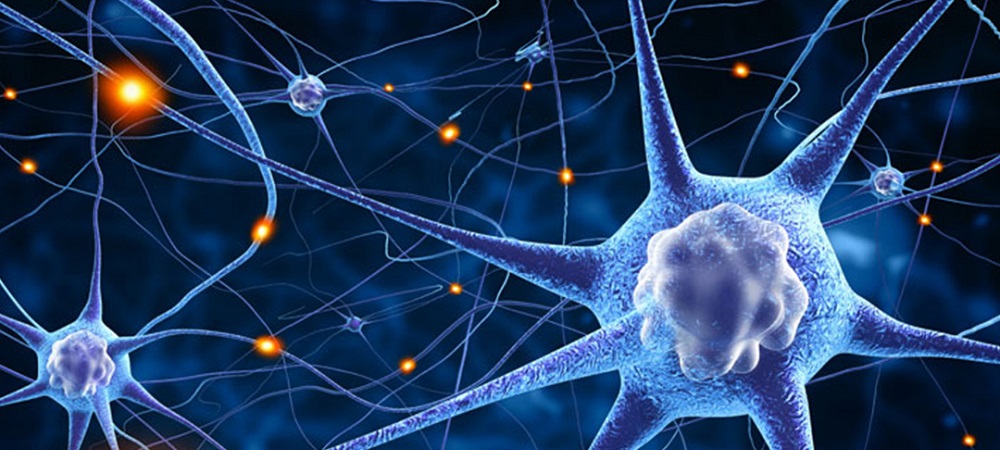Neuroplasticity is the theory that our brain’s structure and capacity are not fixed and learning and experiences are able to change our brains. This on-going change is what is meant by plasticity. It offers new ways to improve learning and education, mental illness and addiction. This understanding obviously says that things are not necessarily predetermined by an inbuilt structure of our brains. This throws light on the fact that we, teachers, have an important role to play in the development of the structure of the brains of our students.
Research done by the eminent neuroscientist, Dr Michael Merzenich, widely known as “the father of neuroplasticity” and many others show that the brain continues to change through learning. Plasticity is the ability of the brain to change with learning. Terrence Deacon, Professor of Anthropology and a member of the Cognitive Science faculty at the University of California, USA, says that, in a sense, we inherit the genes of our parents at birth but from then on it is all our experiences that develop our brains.
For example, when we repeatedly practice an activity or access a memory, our neural networks (groups of neurons) fire together, creating electrochemical pathways and subsequently shaping themselves according to that activity or memory. When people stop practicing new things, the brain turns idle and it will eventually eliminate the connecting cells that formed the pathways.
The brains of our students respond to all of the complexities of a classroom as well as the school and beyond. It is these complexities that actually work positively for our students’ improvement. They need to be organized so that students can find the relation between things in our world. The complexity also needs to be presented in sequences that are meaningful to the subjects taught and in turn, become meaningful to the students.
Another finding from the research is that it is difficult to unlearn the learned. It says that “when you learn something, those parts of the brain that are involved, get very efficient and fast at doing their job. However, they become so good, they resist doing the same thing in a different way.” This is the reason why it becomes difficult to unlearn bad habits or to make your brain do what it can already do with your dominant primary language in a new way.
Regular and continuous practice is the task behind the development of the brain. Repeating an activity, retrieving a memory, and reviewing the material helps in building thicker and stronger connections in the brain. This methodology provides our students with the resources needed to move further and explore the unknown. As a result, they will be equipped with the resources needed for taking a challenging approach. With this kind of support, we can maintain a high challenge for the students in what they need to learn.
Leave a Reply Cancel reply
WhatsApp us

